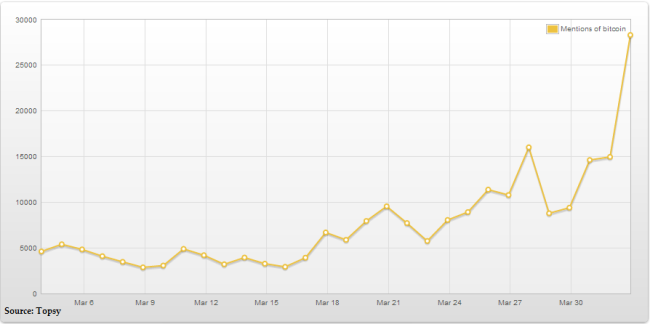Over at The Atlantic, Derek Thompson has a good post breaking down the feedback loop created by “Most Popular” lists. Pulling no punches, he describes the effect as tyranny, and he backs up his assertion with inside info on click rates at The Atlantic web domain. The bottom line? No matter how much design/SEO expertise has gone into the web pages there, the most clicked links are the ones in the “Most Popular” sidebar box. The tautology should be obvious: the most read articles are the ones that are read the most.
But the point of Thompson’s piece—and where the tyranny comes in—is that the interaction between the “best” and “most popular” dimensions flows both ways. That is, perceptions of popularity can actually change the way we experience something. The effect has been experimentally isolated by a pair of sociologists who created a faux online music market, then twiddled with the supposed popularity rankings of the songs and observed the changes in consumer downloading behavior. The least popular songs of the control condition became had-to-have downloads when participants were instead told they’d been the most popular with previous participants.
Thompson sees this effect as disappointing evidence against self-determination, writing, “When we outsource our navigation of the world to other peoples’ opinions, we lose, in a small way, our ability to individually evaluate the quality of our experience.” But, realistically, there’s way too much stuff in the world—and, in particular, on the internet. People need a quick and easy way to decide what’s worth reading, watching, or listening to, and popularity acts as a mostly-suitable proxy for quality. From an individual standpoint, consumers that follow the herd are just behaving rationally.
The popularity principle becomes disturbing only in aggregate, when the resulting positive feedback leads to a winner take all environment where great content can fall by the wayside if it’s not immediately discovered, and perfectly average media can rise to the top overnight. Think of the recent mega-success of “Fifty Shades of Grey”: it’s not necessarily any better than the other hundreds of erotic novels written by anonymous nobodies (and it’s certainly not thousands of times better, as a linear analysis of sales figures might lead someone to believe), but a confluence of factors brought it onto the public’s radar, and the “most popular” effect took off from there.
Facebook and perpetual wannabe Google+ would like to solve this problem by tabulating popularity within the confines of a self-selected group rather than the overall population. Although this reduces the winner-take-all effect, it tends to cut people off from opposing viewpoints by enclosing them in an echo chamber of their own choosing. One only needs to spend a few hours on Reddit to realize that similar self-selecting mechanisms create a weird insularity that undercuts merit evaluations.
A mobile app developed recently by a U.K. studio gets right to the heart of what’s needed to keep the online mediascape fresh: it’s a photo-sharing program called Rando. Billed as an “anti-social” app, Rando eschews nearly all of the functions of its competitors; pretty much all you can do is send a picture to a random user somewhere in the world, and then wait to receive one in turn.
Rando might be excessively minimalist, but it breaks resoundingly from the online obsession with popularity. As one of the co-founders told Tech Crunch, “We want the emphasis of taking a photograph to be less deliberate in the sense that users aren’t driven to share a picture purely because of how many likes/ comments it will receive.” He’s talking about freedom on the producer side, but it’s equally freeing as a media consumer to not have to worry about who to follow or what pictures to click on. The tyranny is lifted.
The conception of randomness as freeing is also why I think a simple service like Pandora can be more usable than an unlimited download subscription such as Zune Music. From a rational perspective, consumers are never worse off with more choices, but in reality, downloaders get overwhelmed and defer to the popularity bubble. Other online media companies would do well to inject some randomness into their presentation schemes. For a specific example, Netflix ought to create “channels” that let viewers tune in to a mix of TV episode or shorts.


